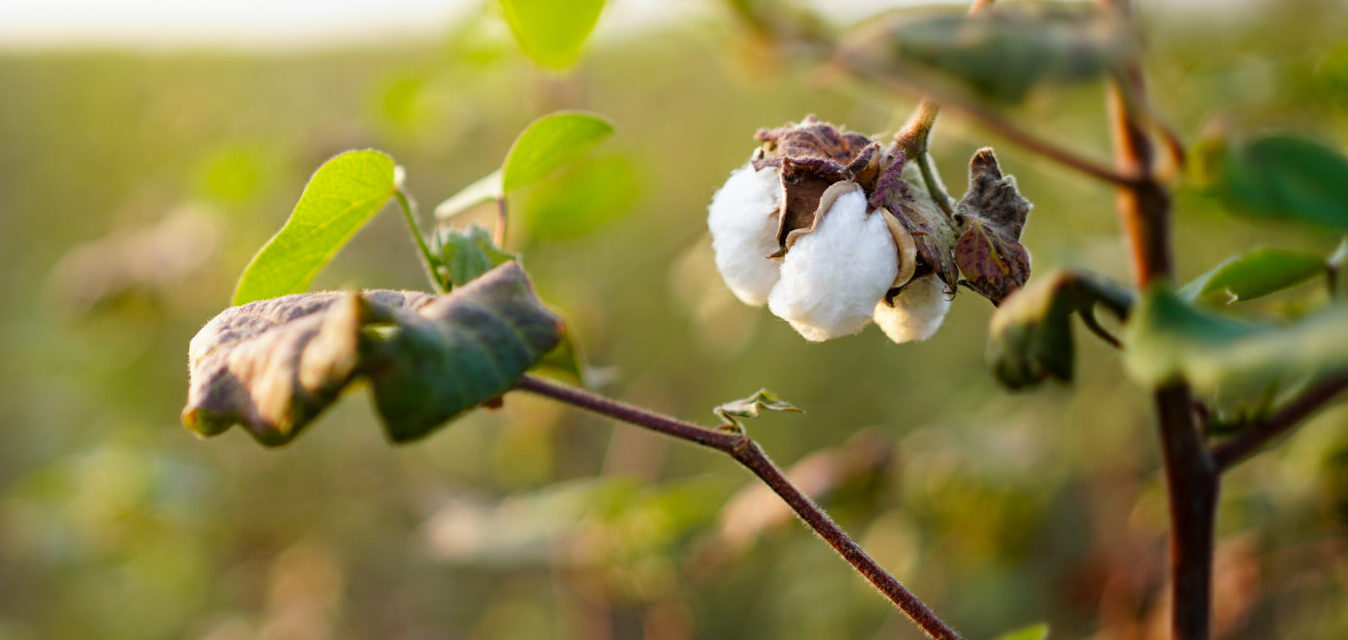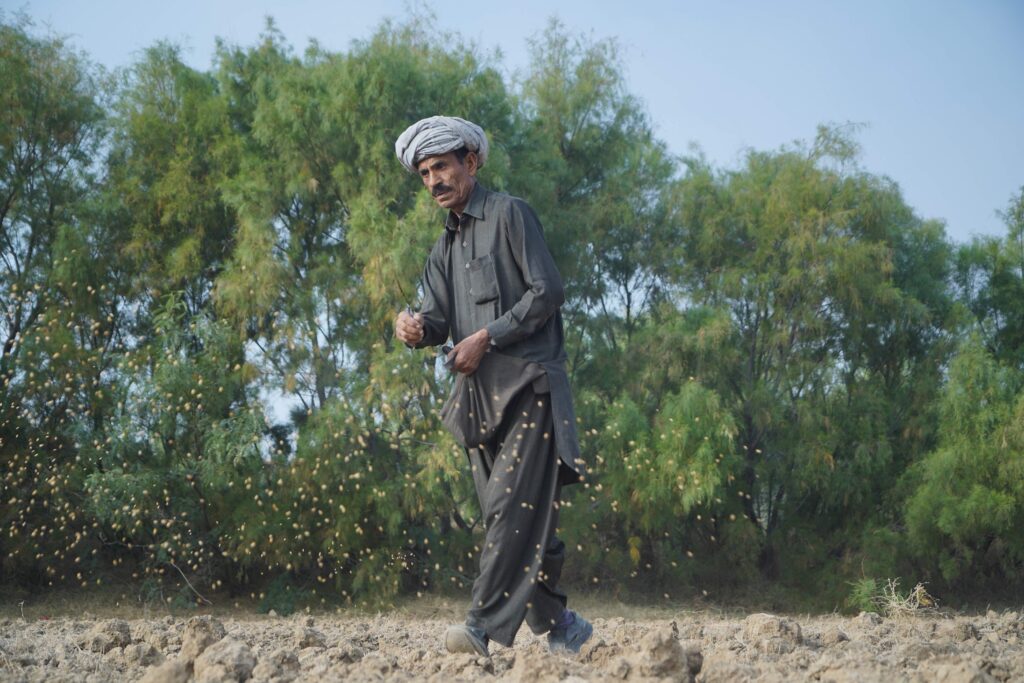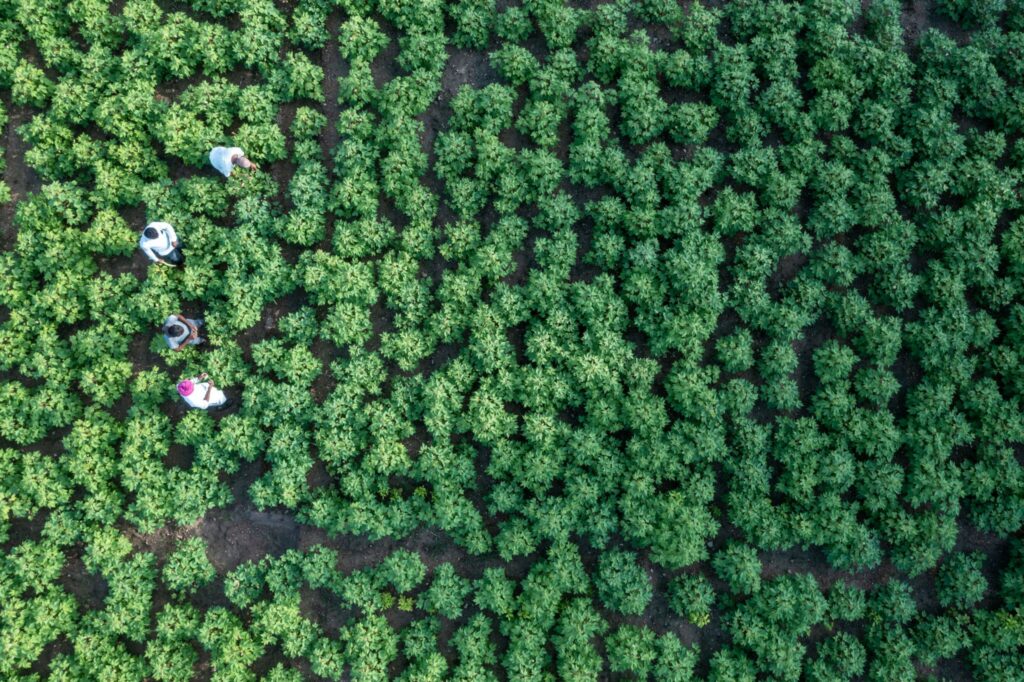Amsterdam, April 14, 2025 – The Organic Cotton Accelerator (OCA) has published a Life Cycle Assessment (LCA) study highlighting the environmental benefits of organic cotton farming in India. The regional study offers detailed, locally relevant data demonstrating organic cotton’s reduced environmental impact compared to conventional farming.
Download the full study
Access hereWhat makes the study unique
Organic cotton is widely recognised for its environmental and social benefits, but to fully understand and quantify these advantages, region-specific data is crucial. The lack of localised, high-quality environmental data has long been a barrier to accurate impact assessments. Regionalised data better captures local farming practices, climate, and resource use, leading to more precise impact modelling than one-size-fits-all global averages. As the industry and policymakers increasingly demand localised and transparent environmental data for materials, OCA is well-positioned to deliver this granularity for organic cotton.
The regional study focused on India, where OCA works with over 100,000 farmers. Conducted by South Pole, a leading carbon asset developer and climate consultancy, the study analyses third-party validated data from over 18,000 farmers across three growing seasons (2020-2023) and three distinct irrigation contexts: rain-fed, heavily irrigated, and hybrid. Covering five Indian states: Madhya Pradesh, Maharashtra, Odisha, Gujarat, and Telangana, this study captures local environmental impacts with greater accuracy than global averages can offer.
″OCA’s first regional LCA doesn’t only provide unique local insights into the environmental benefits of organic cotton for our sector, it also helps us identify how to deepen the impact of our work and improve OCA’s own data systems so we can deliver increasingly accurate LCAs in the future - showcasing the positive impact delivered by the fantastic work of the farmers in our programme.″
Key findings from the study
The primary objectives of OCA’s regional LCA included establishing a credible baseline cradle-to-ginning-gate assessment, enabling third-party verified environmental claims, and facilitating Scope 3 GHG reporting for OCA brands. OCA also aimed to improve its internal data collection and management for future LCAs and data monitoring.
The results indicate that organic cotton farming consistently has a lower environmental footprint across various categories assessed, including climate change, water use, acidification, and eutrophication:
- On-field emissions are the primary drivers of climate change, acidification, and eutrophication. For example, on-field emissions contribute the most (from 45% to 99%, with an average of 88%) to the majority of the impact categories (10 out of 16) among the Control–Irrigated group.
- Fertiliser application, both mineral and organic, plays a major role in shaping the environmental impact of cotton cultivation.
- Water use impacts vary significantly based on irrigation methods, with rainfed systems having the lowest impacts.
“Comprehensive, regionally relevant and reliable data sets are crucial for brands and retailers in the textile sector to have full visibility of the environmental impacts of their products and take meaningful action on climate and beyond. At South Pole we are proud to partner with OCA on this innovative study offering an extensive, farm-level dataset, providing valuable insights into the environmental impacts of different farming systems, underlining the benefits of organic cotton cultivation. The large sample size, combined with third-party verification, enhances the robustness and reliability of the results - a step forward in empowering businesses to design robust sourcing strategies,” said Caroline Peyer, LCA Lead, Environmental Impact Accounting, South Pole.
OCA’s holistic data approach
This LCA is one of many tools OCA uses to understand the benefits of organic cotton farming and drive continuous improvement across the sector.
LCAs typically measure a specific set of environmental impacts, but leave important areas such as biodiversity and social factors. OCA fills these gaps through farm-level data collection that integrates environmental, social, and economic dimensions. OCA tracks GHG emissions, organic and regenerative agriculture indicators, including soil health and biodiversity, as well as farmer economic metrics such as net income, price premiums, reduced input costs, and social indicators such as training provided, health and safety improvements, and community development.
From data to action: Key recommendations for the sector
The study’s findings suggest that reducing the environmental impact of cotton production requires a combination of targeted strategies. Encouraging the adoption of organic cotton is a key step, as it generally relies on fewer synthetic inputs and supports more sustainable farming systems. In addition, using lower-impact irrigation methods and improving fertiliser management can significantly reduce the environmental footprint of cotton cultivation. Improving energy efficiency on farms further contributes by cutting resource use and lowering greenhouse gas emissions.
To effectively guide and measure sustainability efforts, it is important to improve the quality and consistency of LCA data. This includes refining secondary data for irrigation, such as through collaboration with local authorities or agencies to improve water footprint estimates. Regular updates to LCA studies are also essential for tracking progress and assessing the impact of interventions over time, ensuring strategies remain relevant and informed by the most recent data.
What’s next
Continued environmental data collection and analysis are central to OCA’s approach. OCA plans a series of regional LCAs, helping to build a more accurate picture of organic cotton’s role in addressing climate, biodiversity, and social challenges. Brands working with the organisation gain exclusive access to region-specific LCA insights dashboards, allowing them to track progress, inform their sourcing strategies, and drive measurable impact.
The regional LCA study highlights the importance of industry collaboration to achieve sustainability at scale. OCA encourages textile brands, NGOs, policymakers, and suppliers to use these insights to support sustainable practices and policies.
___________________________________________
Note:
- Methodological approach- The study is validated according to the international ISO standards (ISO 14040:2006 and ISO 14044:2006) for Life Cycle Assessment and utilised the Environmental Footprint (EF) 3.1 method, modeled with SimaPro software version 9.6.0.1 using the ecoinvent 3.10 database. The analysis covers the production cycle from cradle to ginning-facility gate, focusing on key environmental categories including climate change (global warming potential), water use, acidification, and eutrophication.




